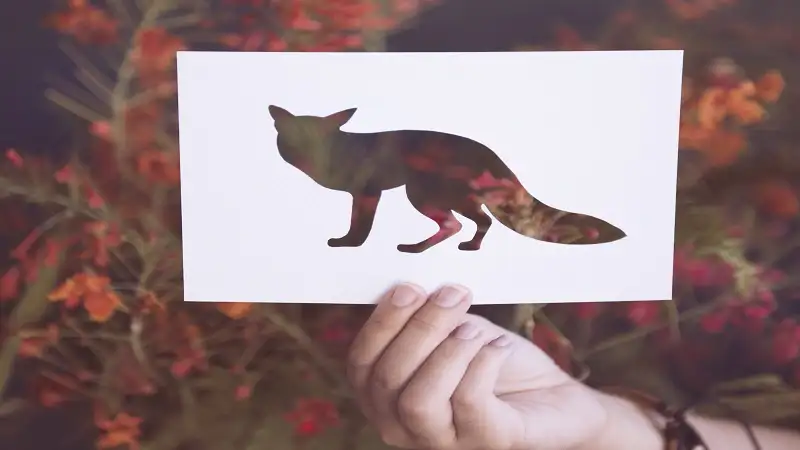Drawing is a timeless form of expression, allowing artists to capture the beauty and intricacies of the world around them. Among the myriad of subjects that inspire artists, the drawing:1enzi6g2cvg= fox stands out as a symbol of cunning, adaptability, and charisma. In this article, we delve into the art of drawing foxes, exploring techniques, tips, and inspirations to bring these fascinating creatures to life on the canvas.
Understanding the Fox: Anatomy and Characteristics
Before putting pencil to paper, it’s essential to understand the anatomy and unique characteristics of the fox. Foxes belong to the Canidae family, known for their slender bodies, pointed snouts, and bushy tails. Their fur ranges in color from fiery reds to subtle grays, with distinct markings such as white-tipped tails and dark facial features. Understanding these features allows artists to portray the essence of the fox in their drawings accurately.
Gathering Inspiration: Reference Photos and Observation
One of the first steps in drawing a fox is gathering inspiration. Reference photos provide valuable insights into the fox’s appearance, behavior, and environment. Whether browsing through wildlife photography books or exploring online databases, studying reference photos helps artists grasp the nuances of fur texture, facial expressions, and body proportions. Additionally, observing foxes in their natural habitat, whether in the wild or at a wildlife sanctuary, provides firsthand insights into their movements and mannerisms.
Sketching the Foundation: Gesture Drawing and Proportions
With inspiration in hand, it’s time to sketch the foundation of the drawing:1enzi6g2cvg= fox. Gesture drawing, a technique that focuses on capturing the essence and movement of a subject with quick, fluid lines, is instrumental in capturing the dynamic nature of foxes. Start with loose, gestural sketches to establish the overall pose and proportions of the fox. Pay attention to the curvature of the body, the tilt of the head, and the positioning of the limbs to convey a sense of motion and life.
Refining Details: Fur, Features, and Expression
Once the basic structure is in place, it’s time to refine the details that make the fox come to life. Please pay close attention to the texture and direction of the fur, using varying line weights and strokes to mimic its softness and volume. Focus on the intricate details of the fox’s facial features, from the piercing eyes to the delicate whiskers and pointed ears. Experiment with different expressions to convey the fox’s personality, whether it’s a playful grin or a watchful gaze.
Exploring Mediums and Techniques: From Pencil to Pastel
Drawing:1enzi6g2cvg= fox offers endless opportunities for experimentation with different mediums and techniques. Traditional mediums such as graphite pencils, charcoal, and ink offer precision and control, allowing artists to capture intricate details with fine lines and shading. Colored pencils and pastels add vibrancy and depth to fox drawings, allowing for rich textures and lifelike colors. Mixed media techniques, combining elements such as watercolor washes or collages, add an extra layer of dimension and visual interest to fox illustrations.
Capturing the Essence: Style and Interpretation
As with any form of art, drawing:1enzi6g2cvg= fox allows for individual interpretation and style. Some artists may prefer a realistic approach, striving for anatomical accuracy and lifelike representation. Others may gravitate towards a more stylized or abstract interpretation, emphasizing mood, emotion, or narrative. Experiment with different styles, techniques, and mediums to find a unique voice that resonates with your artistic vision.
Drawing Foxes: Tips and Tricks
- Start with light, loose sketches to establish the overall pose and proportions before committing to details.
- Use reference photos and observation to capture the unique characteristics and expressions of foxes.
- Experiment with different mediums and techniques to find the one that best suits your style and vision.
- Pay attention to light and shadow to create depth and dimension in your fox drawings.
- Don’t be afraid to make mistakes – embrace the process of experimentation and learning.
Conclusion
Drawing:1enzi6g2cvg= fox is not just about capturing their physical appearance; it’s about capturing their essence—their spirit, personality, and connection to the world around them. By understanding their anatomy, gathering inspiration, and exploring different techniques, artists can create fox drawings that are not only visually captivating but also emotionally resonant. So, pick up your pencil, unleash your creativity, and let the foxes come to life on the page. See More
